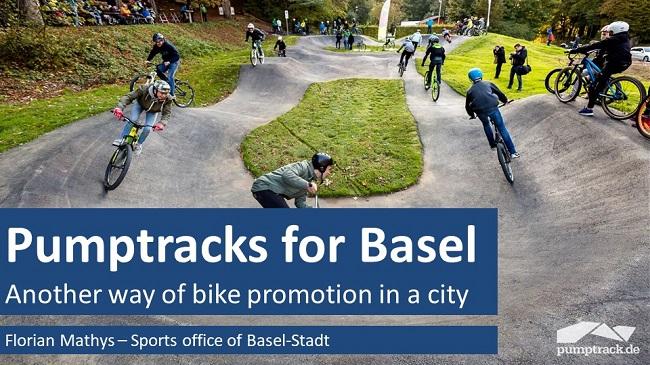How to activate and innovate urban areas: review of Day 3 of the 25th IAKS Congress
Activating urban spaces
Outdoor facilities have something to offer all-year-round but are nevertheless at growing risk in terms of liability and vandalism. The first session of the third congress day, moderated by Karin Schwarz-Viechtbauer, Director of the Austrian Institute for School and Sports Facilities (ÖISS), illustrated what it takes for urban spaces to function successfully.
Florian Mathys, Division Manager of the sports department of the municipality of Basel, presented pumptracks as another way of encouraging biking in towns. They can be adapted to different levels of ability and vehicles, and can vary in size. The tracks are highly accessible and can be used for school and leisure purposes to promote biking in urban areas.
“Transforming schoolyards into local community activity areas” was the title of Lars Hjorth Baerentzen’s presentation. Rethinking schoolyards by opening them for local activity is one of the objectives pursued by the Danish Foundation for Culture and Sports Facilities. Schoolyards should serve as pleasant and secure “hang-outs”. Removing fences, enabling visibility and installing benches are key factors for activating schoolyards.
